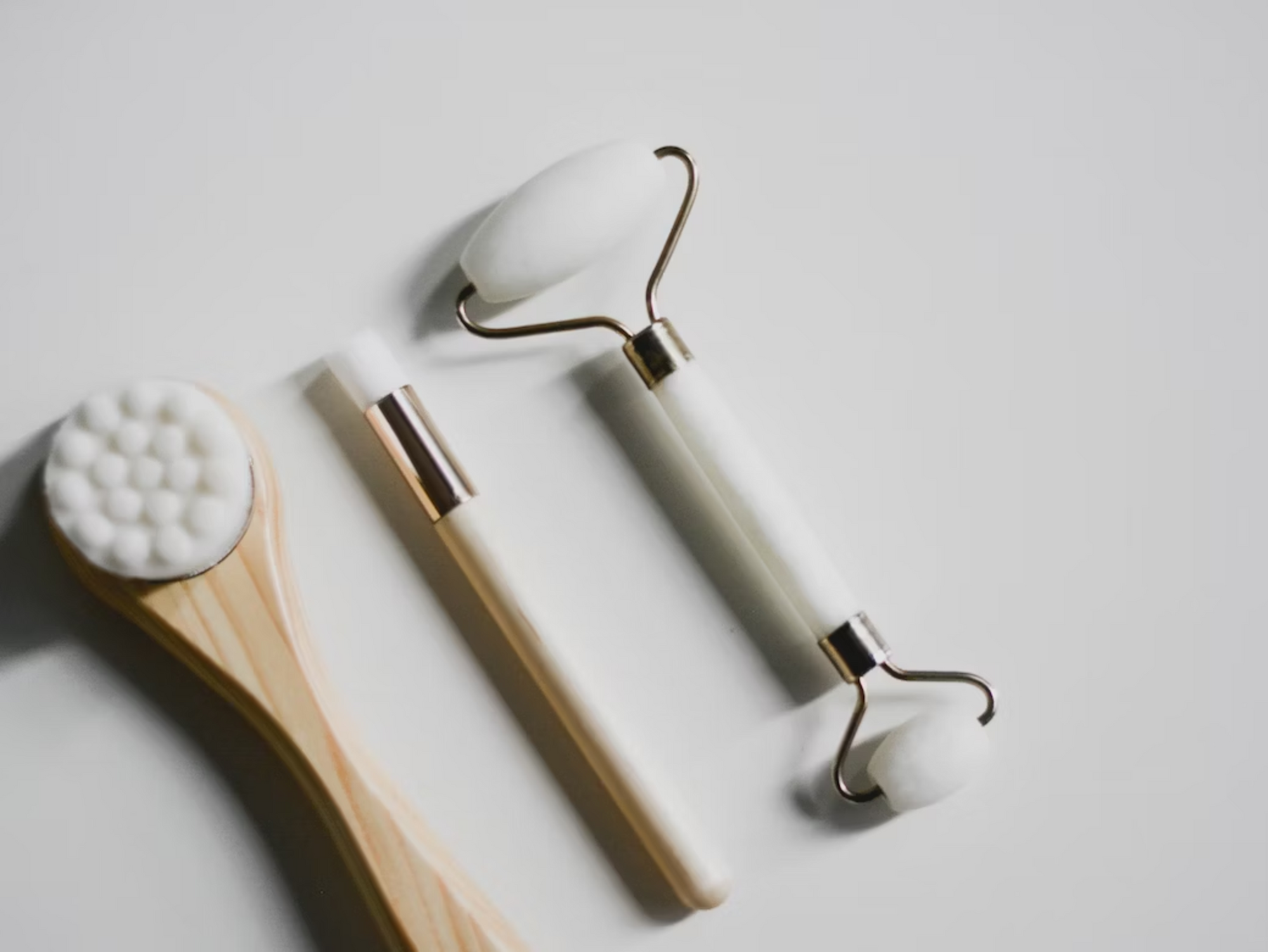
When it comes to spa treatments, facials are among the most highly coveted. But what is a facial, and what sets it apart from other skin treatments? To answer this question we consulted a very credible source: Wanda Malhotra, the creator of Crunchy Mama Box, who’s an expert on eco-friendly skincare and facial treatments. Keep reading to learn what exactly a facial is, and how it can transform your skin.
What Defines a Facial?
“A facial is a professional skin treatment performed by a licensed esthetician that typically involves cleansing, exfoliating, extracting, and nourishing the skin on the face,” shared Malhotra.
It’s important your facial is performed by a licensed esthetician because “facials often include the use of specialized tools and techniques to improve the overall health and appearance of the skin, such as steam to open up pores, extractions to remove blackheads and impurities, and facial massage to improve circulation and promote relaxation.”
Facials can serve as valuable tools for general skincare, but they can also be “designed to address a wide range of concerns and can benefit individuals of all skin types and ages,” says Malhotra.
Talk to your facialist about your particular skincare needs, and they can select a version of the treatment tailored specifically to you.
Why Should You Get One?
It’s easy to dismiss facials as a ladies-who-lunch luxury that’s not really necessary for overall skin health, but Malhotra urges you to reconsider that assumption.
“One common misunderstanding about facials is that they are purely a pampering or indulgent experience and that they don't offer any real benefits for the skin,” she states. “In reality, getting regular facials can be a highly effective way to improve the health and appearance of your skin, and they can address a wide range of concerns, from acne to fine lines to uneven skin tone.”
In addition to deeply cleansing the skin, facials provide safe and gentle exfoliation and deep moisturization, which results in a glowy, rejuvenated, and healthier complexion.
Which Skin Types Benefit Most From Facials?
As a general concept, facials work for all skin types. However, Malhotra says that “certain types of facials may be more suitable for certain skin types.”
If you have oily or acne-prone skin, you “may benefit from facials that focus on deep cleansing and extractions to remove excess oil and impurities” without over-stripping the skin of necessary natural oils, explains Malhotra.
For dry skin, Malhotra recommends seeking out facials “that focus on hydration and nourishment.” Sensitive skin often responds well to gentle facial ingredients like “chamomile or aloe vera. [You should also] avoid harsh exfoliants or strong acids.”
It’s always smart to chat with your esthetician to make a game plan for your facial. If you’re new to facials and you have a history of skin sensitivity, Malhotra advises you “undergo a sensitivity test before using any product on your face and neck.”

Which Home Treatments Can Help Maintain the Benefits of a Facial?
Facials, while hugely beneficial to your skin, are also an expensive form of self-care. Luckily, there are steps you can take at home to prolong the benefits of your spa facial. The easiest way to keep your face in great shape in between spa treatments comes in the form of at-home face masks.
“At-home face masks can be a great way to maintain the health and appearance of your skin in between professional facials,” Malhotra explains. “All natural facial masks made with clean ingredients can help to cleanse, gently exfoliate, and nourish the skin, and they can be tailored to address specific skin concerns.”
When added to your standard daily skincare regime, at-home face masks can “enhance the benefits by providing a deeper level of treatment.”
They are cost-effective ways to replicate the advantages provided by spa treatments, and they’ll keep the skin “looking and feeling its best” until you can make it back to your preferred facialist.
Credit: Posted by Taylor Tobin. Click here to read article on Cratejoy.



